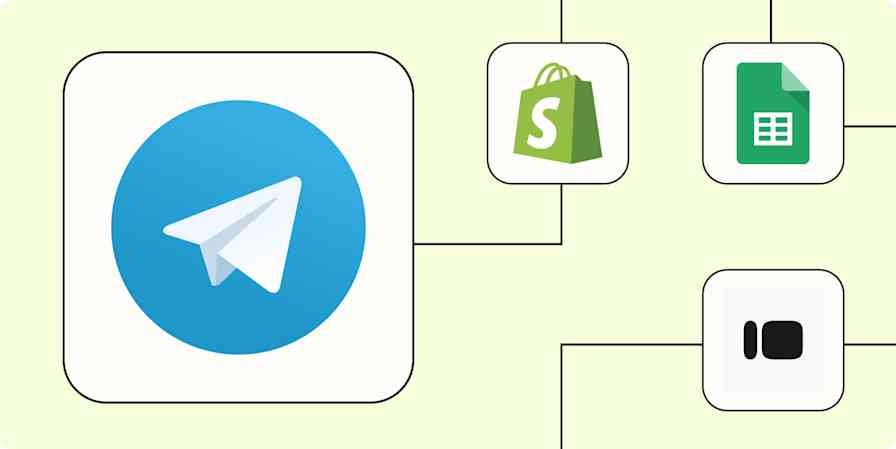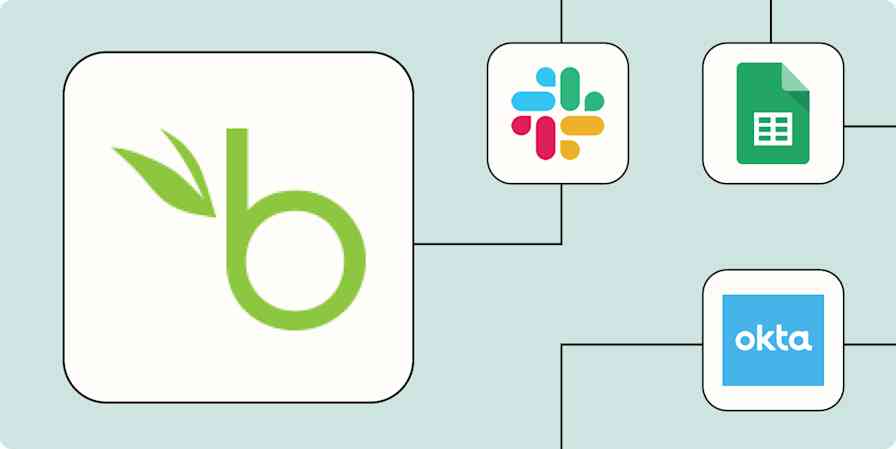Running your own small business is rewarding—and time-consuming. Attracting new sales leads, scheduling meetings, and writing proposals and contracts are all essential tasks that take up precious time — pulling you away from the things you love to do and that your customers need from you. You started a business as a passion, not to spend your time on administrative tasks.
We started our own company, Twindeavor, because we saw family and friends who own small businesses struggle to manage their time and become overwhelmed by the countless potential software solutions to their problems, or worse, the prospect of outsourcing work that should be manageable.
We set up our system with a handful of no-code software tools that allows us to scale as a family-owned, two-person team (we're quite literally, a "mom and pop" operation). Every hour saved on our tasks provides us with more time to maintain personal touches on the work we do for our clients, avoids outsourcing any of our efforts (keeping our operating costs down), and allows for the occasional playground trip with our twin toddlers. Everything we build for ourselves is something we can do for other businesses.
We've been blown away by the variety of unique problems that different owners face, but amazed at how many of them can be solved by a relatively small set of automation tools. One of our favorite mantras is, "let software work for you."
Here's what that looks like for us at Twindeavor. I hope it gives you confidence to build processes to take back the time you need to grow your business.
You'll need a Zapier account to use the workflows in this piece. If you don't have an account yet, it's free to get started.
Business automation as a time saver
What started as side projects—building websites and getting small retail eCommerce sites up and running during COVID—evolved into something more as we discovered deeper underlying problems businesses had with spending too much time performing manual tasks that are ripe for automation. (We love talking to other business owners so much that we started our podcast, Local, to have another excuse to talk with more of them.)
Using Webflow, Zapier, Airtable, Landbot, Slack, Calendly, and Google, we set up a simple, replicable way to capture sales leads, automatically schedule appointments, correspond with prospects, and create and manage critical documents. This system not only saves us time but also eliminates silly mistakes like sending a proposal with the wrong business name in it (yes, we did this when we performed these tasks manually).
Web presence
Every business needs a website. But we want ours to be more than a place where potential customers can learn about our services. We also do our best to provide a pleasant experience for our visitors to get in touch with us if they are interested in our services. Using Webflow as our front-end interface, we seamlessly tie in Zapier to connect with the other tools we use to run lean and efficiently when interacting with our prospects and clients.
Capturing sales leads
We don't sell our services aggressively, but when we get a website visit, we want it to be easy for that visitor to contact us, and make it easy for ourselves to respond.
We have a few ways for a visitor to get in touch with us from our Webflow site: through a form submission, a chatbot, and by scheduling a call with us via Calendly. In all cases, we push the information from the interaction into our custom Airtable CRM, populating all of the same fields (name, email address, company) regardless of the source and labeling which source generated the lead.
Create Airtable records for new Webflow form submissions
Create Airtable records from new Landbot responses
We receive Webflow form submissions by email from a "no-reply" address, so to get in touch with those prospects we used to copy and paste the information into a new email, which was painfully inefficient. Instead, we now use Zapier to take the information from the submission and send it in an email to us with the visitor's email address in the From field, so that we can reply in one click (you'd be amazed at how small things like this add up as huge time savers).
Send emails via Gmail for new Webflow form submissions
We want to know any time a visitor is chatting with our bot—so we can intervene and personally converse with them in case they are not getting the information they are looking for. When someone opens our Landbot, Zapier sends us a message in Slack so we can follow up quickly if needed. (This automation helps us add a human touch when it's needed.)
Send channel messages in Slack for new Zapier blocks activated in Landbot
Scheduling appointments
Calendly is an incredible addition to our website. In just a couple of clicks, a visitor can schedule a free 30-minute consultation with us. It automatically sends us and the visitor a calendar invitation to our emails that includes a link from our Zoom account. But, we take it a step further and Zap the visitor's contact information into Airtable, label the source as "Calendly," and use Airtable's calendar view to see all of our consultations, including the written message that the person provided when they scheduled the call.
Document creation and management
Early on in our endeavor, we noticed we spent a lot of time in document management, especially in the creation of proposals and contracts as we progressed from the sales phase to the client phase. We also made embarrassing mistakes because it's very error-prone to copy and paste information into boilerplate documents.
We addressed this by creating templates in Google Docs for our proposals and contracts. As we move leads through our CRM pipeline (e.g., "Lead" to "Proposal," "Proposal" to "Client"), new record views are triggered in Airtable. When those records appear, Zapier takes the data from the row (like the company name, contact name, and email address) and sends them into dynamic fields in our Google Docs template, and saves it as a new document. Automated and error-free!
Create Google Docs from templates for new Airtable records in views
To ensure we don't fail to follow up on proposal and contract expirations, we use Airtable triggers to notify us on Slack and in an email when those dates are approaching for any document.
Value-add automations for clients
Sometimes we can't believe how quickly we've scaled our business, but what set us up for success was an upfront investment in automating processes that we knew would overwhelm us once we started growing. No-code tools like Zapier and its ecosystem of connectors provide an intuitive and accessible way to streamline tasks that once seemed inevitably manual.
We love to demonstrate our automations to clients and prospects so they have something tangible to understand the power of what we can set up for them. Our most rewarding projects are those that provide value in saving both time and money. Anything that we can do to help another small business succeed by solving unnecessary hassles all while working with the tools we love to use is a win-win in our book.





